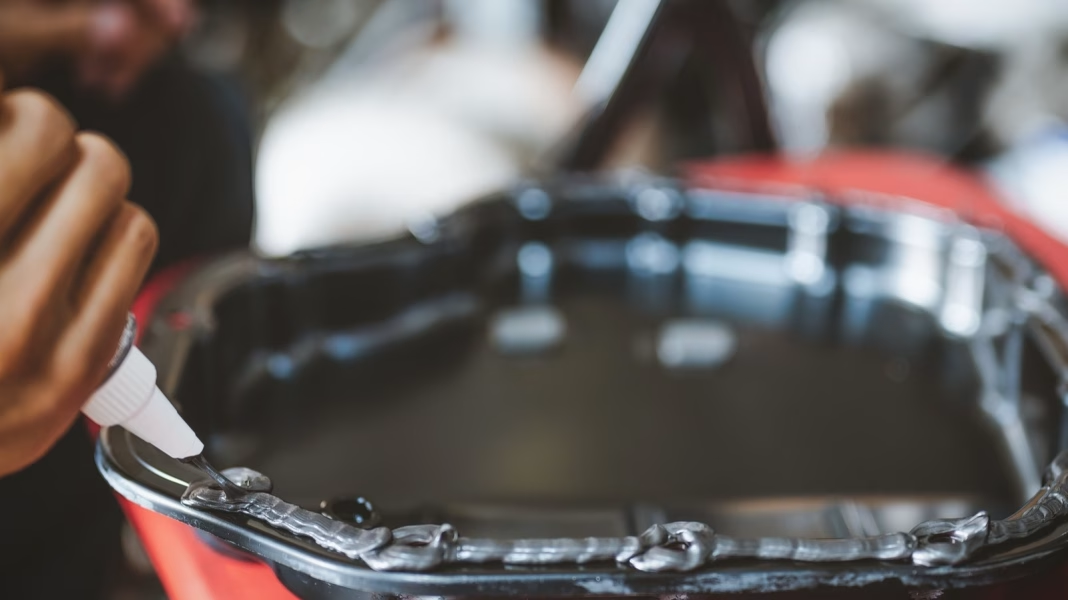When Should You Use RTV Sealant Instead of a Traditional Gasket?
If you’ve ever peeked under the hood and spotted that telltale blue or orange goo squished around an engine part, you’ve seen RTV sealant in action. But is it really a smart substitute for a gasket, or just a shortcut that could cause headaches down the road? Here’s what you need to know before you reach for the tube.
What Exactly Is RTV Sealant, and How Does It Work?
RTV stands for Room Temperature Vulcanizing silicone. It’s a flexible, rubbery compound that cures at room temperature, forming a tight, waterproof seal. Mechanics love it because it’s easy to apply, fills small imperfections, and resists oil, coolant, and high temperatures. Think of it as the duct tape of the engine world—versatile, but not always the perfect fix.
RTV comes in different formulations, each designed for specific environments. For instance, high-temp red RTV is popular for exhaust or turbo applications, while blue or black versions are more common for oil pans and valve covers. The key is matching the product to the job.
Is RTV Safe to Use on Gasketed Fittings?
Here’s where things get tricky. RTV can be a lifesaver when you’re dealing with uneven surfaces or minor pitting that a standard gasket can’t quite seal. But slathering RTV on a fitting that’s designed for a gasket isn’t always a good idea.
Most manufacturers engineer gaskets to compress just enough to create a reliable seal. Adding RTV can actually prevent the gasket from seating properly, leading to leaks or even damaging the part. Worse, excess RTV can squeeze out and break off inside the engine, potentially clogging oil passages or sensors—a surprisingly common cause of engine trouble according to several automotive repair surveys.
When Is RTV the Right Choice?
There are times when RTV isn’t just acceptable—it’s recommended. For example, some modern engines use RTV as the primary sealant on timing covers or oil pans, with no traditional gasket at all. In these cases, following the manufacturer’s instructions is crucial. They’ll specify where to apply the bead, how thick it should be, and how long to let it cure before adding fluids.
If you’re replacing a part that originally used a paper or cork gasket, stick with the same type unless the manufacturer has updated their service bulletin to recommend RTV. And if you’re dealing with a surface that’s pitted or warped, a thin layer of RTV can help fill gaps, but it shouldn’t be a crutch for poor prep work.
What Can Go Wrong If You Use RTV Incorrectly?
Here’s the ugly truth: more isn’t always better. Over-applying RTV is one of the most common mistakes DIYers make. That extra squeeze-out inside the engine? It can break off and clog oil pickup screens, leading to oil starvation and catastrophic engine failure. Not exactly the outcome you want after a weekend wrenching session.
Another pitfall is using the wrong type of RTV. Some formulations aren’t compatible with certain fluids or temperatures. For example, standard silicone RTV can break down in contact with gasoline, so using it on a fuel system is a recipe for disaster.
How Do the Pros Apply RTV for a Leak-Free Seal?
Professional mechanics swear by a few simple rules. First, surfaces must be spotless—no oil, old gasket material, or debris. A quick wipe with brake cleaner usually does the trick. Next, apply a thin, even bead of RTV (about the thickness of a pencil lead) and let it skin over for a few minutes before assembly. Torque bolts in sequence and avoid overtightening, which can squeeze out the sealant or warp the part.
And here’s a pro tip: less is more. A little patience and a steady hand will save you from messy cleanups and future leaks.
Are There Times When You Should Never Use RTV?
Absolutely. Never use RTV on parts that require precise clearances, like transmission valve bodies or oil pump housings. The risk of excess sealant breaking loose and causing internal blockages is just too high. Also, avoid using RTV as a band-aid for major surface damage—if the mating surfaces are badly warped or corroded, replacement is the only real fix.
What Do Experts and Studies Say About RTV Use?
A 2023 survey by the International Automotive Technicians Network found that improper RTV application was among the top five causes of recurring oil leaks in modern engines. Meanwhile, OEM service manuals from major automakers consistently caution against using RTV on gasketed joints unless specifically instructed. The consensus? RTV is a tool, not a cure-all.
The big takeaway? RTV isn’t about perfection—it’s about smarter adjustments. Start with one change this week—maybe it’s cleaning surfaces more thoroughly or using a thinner bead—and you’ll likely spot the difference by month’s end.


